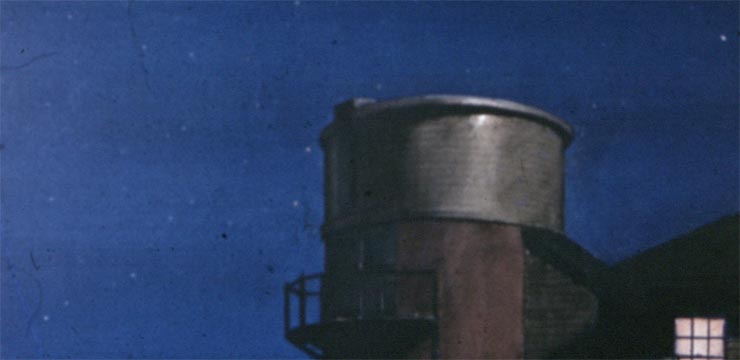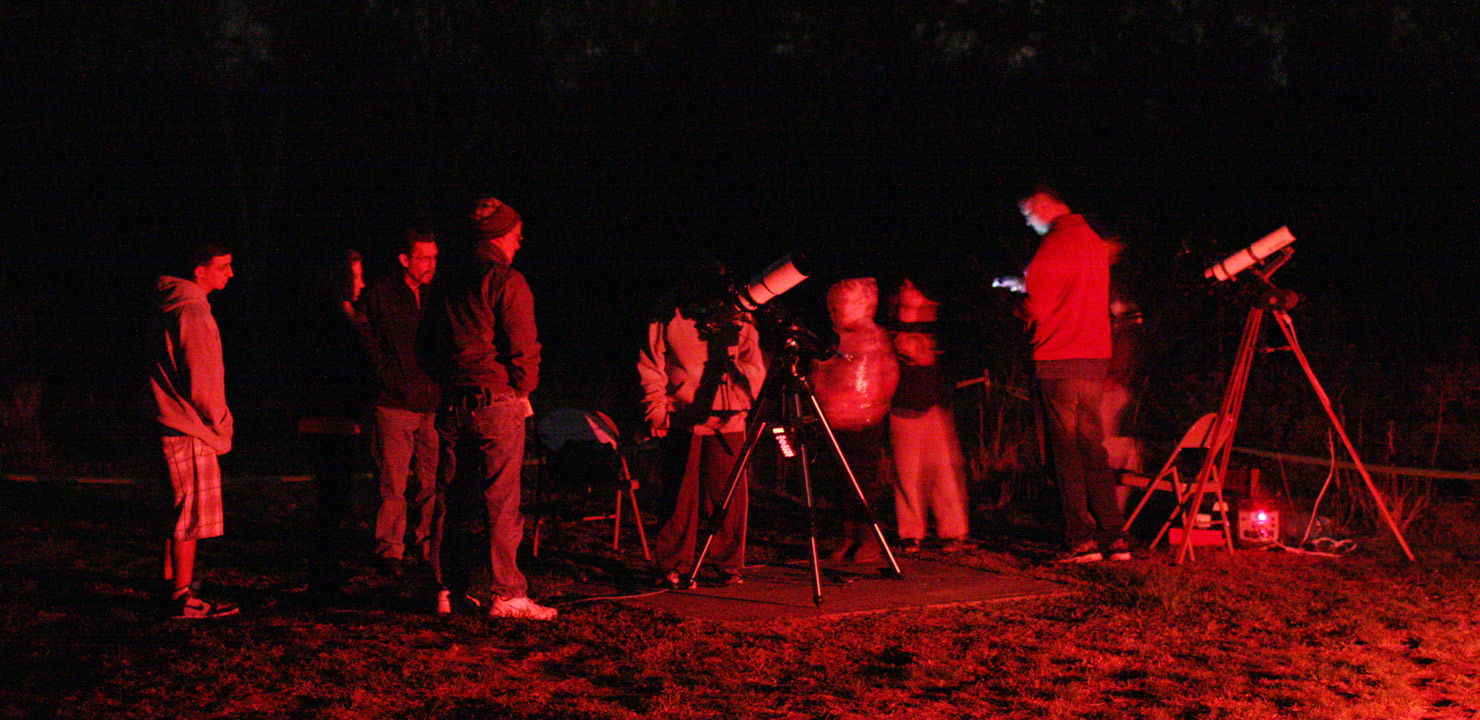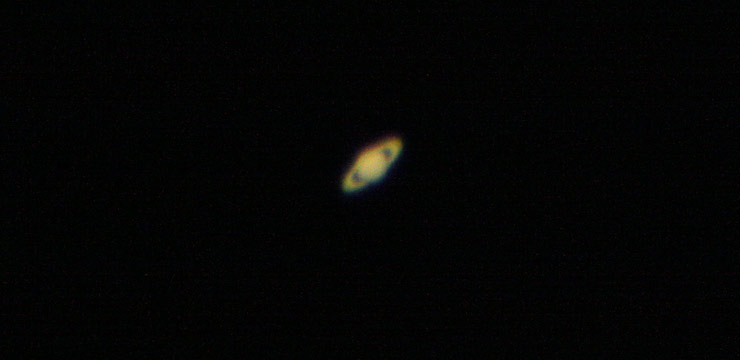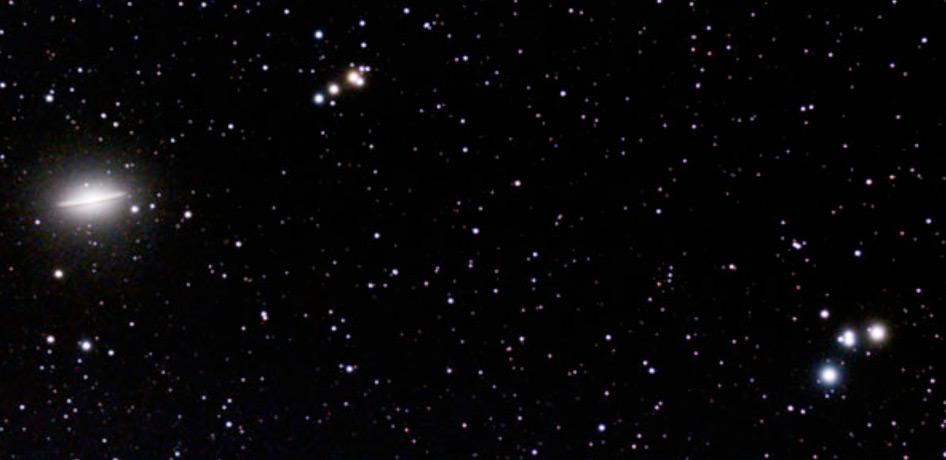Over the course of the past year there have been many references to the Automation Committee. I want to bring you up to date on what is happening with automation.
The project to automate one or more of our observatories is segmented into several phases. Phase One is nearing completion. The deliverable for Phase One encompasses interfacing the 16” Meade to a control system that operates the telescope remotely as well as opening and closing the slide off roof, running an Ethernet cable underground from that observatory to the Meeting Hall, interfacing that cable to a control system to which is attached the projector, and then projecting the images from the 16” onto the screen in the Meeting Hall.
At this writing all of the required tasks have been tested individually. Over the course of the next several weeks integration testing and adjustment will be accomplished and a demonstration will be performed at the May or June meeting.
At the conclusion of Phase One it will be possible for a room full of members and guests to simultaneously see what the 16” Meade sees. Imagine no longer standing in line!
This new facility may change the way we do Open nights in fundamental ways. For example, presently if the sky is overcast, or worse, we cancel the public viewing. With some advance thought it should be possible to stay open and give the public the major part of what they need to experience, in that visitors can be shown the instruments and then taken to the Meeting Hall where they see a recording of what they would have seen in better weather.
Now many of us are purists and feel that nothing can replace the experience of viewing through the eyepiece. Perhaps this is so, but when the public shows up in a driving rainstorm (believing that our telescope must surely be powerful enough to pierce the clouds!) we will not have to turn anyone away disappointed.
Once this facility is operating there is a long list of benefits to the membership which will be possible which are only a dream at present. I will cover some of those benefits in a subsequent President’s Letter.
The Automation Committee is jointly chaired by Steve Siok and Tom Thibault. They continue to look for additional members to get involved.
Thanks for all you do for Skyscrapers.









